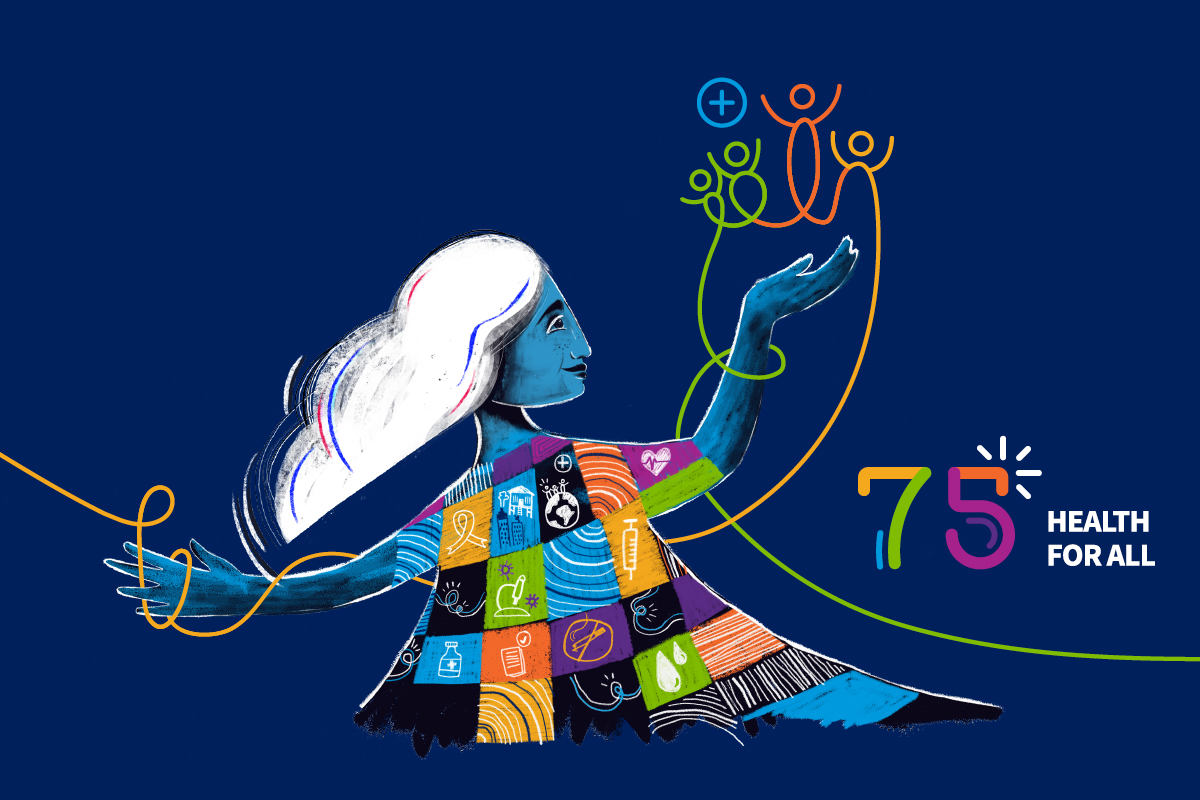In our last blog post, we discussed some of the factors behind Canada’s rapid adoption of virtual care. In this follow-up, let’s dive a little deeper and see how a virtual care appointment might unfold.
To walk you through a typical day, I work in a group family practice in Brampton — though like many Canadians, I’m currently working from home! We are receiving calls at the office, and we have new protocols through our front desk staff to help patients schedule their virtual visits. Our front desk staff works with them to set up an appointment time, and they receive a telephone call back from the physician who is working that particular day.
Right now, around 95 per cent of our patients are being “seen” via telephone, though we are experimenting with some video visits as well. In addition to these technologies, we’re using e-fax to take care of prescriptions. Of course, e-fax is different than true e-prescribing. An e-prescribing service like PrescribeIT® transmits a prescription electronically from a physician’s electronic medical record (EMR) to the pharmacy management system (PMS), whereas e-fax runs on the same technology as regular fax. It’s a useful tool to have, though I look forward to being able to use true e-prescribing!
While we’re managing mostly through the telephone, there are certainly issues that present more challenges for virtual visits. My patients sometimes ask how their blood pressure will be taken, or how soft-tissue injuries can be examined when we aren’t face-to-face.
It takes a little creativity, but there is almost always a solution. During non-pandemic times, I would ask my patients to check their blood pressure outside the office using a number of different methods — perhaps at a pharmacy, or grocery store, for example. COVID-19 does make that sort of monitoring more difficult (unless you have a home blood pressure monitor), but in usual times, it is an issue that is relatively easy to solve. Similarly, many soft-tissue injuries can be visualized and investigated through a thorough history-taking.
In addition to the purely clinical benefits, I’ve appreciated that virtual care lets me stay in touch with my patients and maintain a connection with them. Whether hearing a voice on the phone or seeing a face on video, I’m still there with them.
Taking a long view, the practice of medicine has continuously evolved all through history. Our great-great-grandparents would have found the idea of going to a doctor’s office very strange. Will our children and grandchildren feel the same?
It’s impossible to say, but I do think virtual care is here to stay. My hope over the next few months is that we’ll continue to refine our technologies and processes, granting our 21st-century doctors a 21st-century digital toolkit. Our 21st-century patients deserve it.
Have a comment about this post? We’d love to hear from you.






